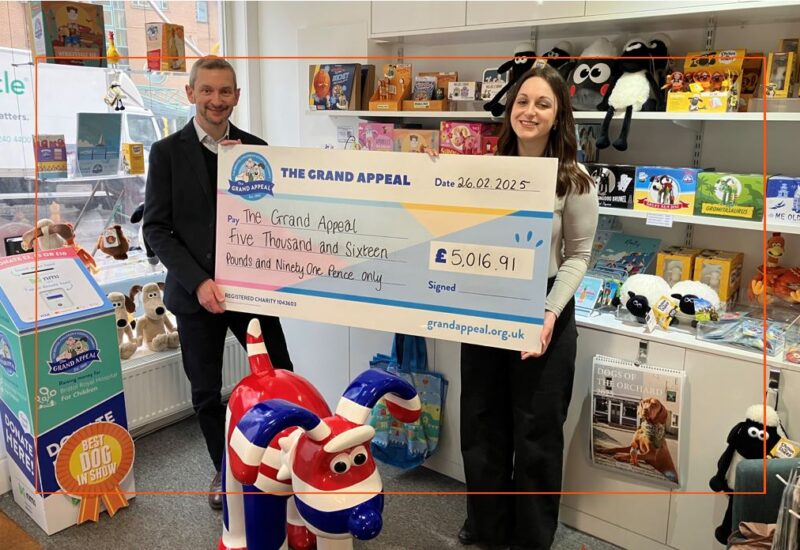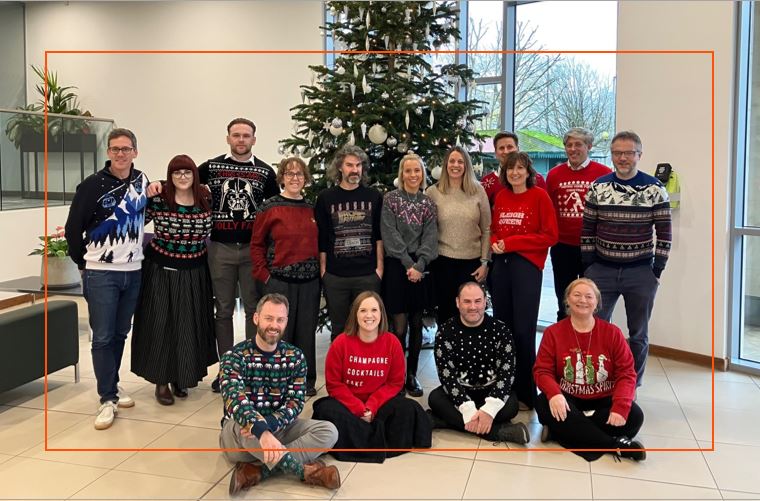
At Hartnell Taylor Cook, we have been making changes to the way that we work to increase the sustainability of our company and the work that we do. For our colleagues, clients and their tenants, the ESG agenda is constantly front of mind and we believe that we should be taking all the steps that we can to support our environment – through paperless systems, planting trees and car shares, we are trying to drive sustainability into every aspect of business life.
Our Associate Director of Property and Asset Management, Beth Bennett, has started a project that goes the extra mile for her clients’ biodiversity ambitions. The aim is to improve the environment that the sites inhabit, making these more welcoming to animals and insects in the area. She began this work by partnering with The Nature Landscapes Group for sites owned by her client, Hillview Group, an independent trusted adviser and an alternative asset management platform. The work started by completing surveys on-site to see what changes could be made and how the biodiversity improvements could be implemented.
This year, the mission was to improve the livelihood of birds, insects and hedgehogs by providing them with homes and the right greenery to allow them to flourish in the area. The team have added bird boxes, insect hotels and hedgehog houses to these sites, as well as implementing ‘No Mow May’ in some areas of the sites, so that the wildlife has a more suitable environment to live in.
Whilst clients are currently undertaking expensive and sizeable projects to help meet the rising standards for energy efficiency, many are yet to look into the smaller steps that they can take to improve the look of their sites whilst simultaneously supporting the growth of the biodiversity around them. With the projects encouraging different plants to grow throughout the year to provide the right nutrition for insects as the seasons change, the sites now have a variety of beauty throughout the year for tenants to enjoy.
These improvements mean that the work done to landscape these estates is now much more considered and looks at factors further afield than the financial considerations of site management. With these changes making a noticeable difference to the exterior of these sites, it has sparked further conversations amongst tenants who are keen to discover more sustainable initiatives that they can get involved in.
Next year the goal will be attract more insects and butterflies to the area, so we’ll be sure to share more updates from Beth in the future, as these projects are employed by more clients in the coming years.
Get in touch with Beth via [email protected] to find out how you can transform the biodiversity of your sites.


